Retirement in Colorado could mean majestic mountains and breathtaking hikes.
Or, it could spell endless drives for a simple doctor’s visit in some towns.
Discover which Colorado towns could have you rethinking retiring—or at least investing in a snowmobile.
Grab your reading glasses and maybe a map, as we dive into the less-than-perfect retiree spots!
1. Limon, Colorado
Limon is known as the “Hub City” of Eastern Colorado due to its location at the junction of several major highways. Despite its critical geographic role, the town has limited amenities for retirees. The population is small, and the town has a quiet, isolated feel.
Healthcare options in Limon are sparse, with the nearest hospital located over 70 miles away. This distance can be problematic for retirees needing regular medical care. The climate is also challenging, featuring cold winters and high winds.
Retirement Challenges: Limon’s isolation and limited healthcare facilities make it less suitable for retirees seeking convenience and immediate access to medical services.
2. Deer Trail, Colorado

Deer Trail is famous for hosting the world’s first rodeo in 1869, but its small-town charm might not be enough for retirees. The town’s population is minimal, and community resources are limited. Recreational activities suitable for retirees are few.
The town lacks major grocery stores and pharmacies, forcing residents to travel to nearby cities for basic necessities. Public transportation options are virtually non-existent, which can be a disadvantage for those who no longer drive.
Lack of Amenities: The absence of basic amenities and public transport makes Deer Trail challenging for retirees who need regular access to services and care.
3. Hugo, Colorado

Hugo is set on the Eastern Plains of Colorado and offers expansive views and open spaces. While scenic, the town’s remote location contributes to its challenges. It has a very low population density, which means social opportunities for retirees are limited.
The town does not have its own hospital and only a small clinic with limited services. The nearest hospital is over an hour drive away, posing a risk for those in need of frequent or urgent medical care.
Remote Location: Hugo’s remoteness and limited medical facilities pose significant challenges for retirees, especially those requiring regular healthcare.
4. San Luis, Colorado

San Luis is the oldest town in Colorado and is rich in history and culture. However, its historic status doesn’t necessarily translate into a retiree-friendly environment. The town struggles with economic development, which affects the quality of life for its elderly residents.
Services like high-speed internet and modern healthcare are not as developed as in more urban areas. The cost of living is low, but so are the services available to residents, which can be a critical factor for retirees.
Economic Challenges: The economic underdevelopment in San Luis affects the availability and quality of essential services for retirees.
5. Walsenburg, Colorado
Once a thriving mining town, Walsenburg is now facing the issues of a declining population and a lack of investment. The town has historical significance and natural beauty, surrounded by the Spanish Peaks and Sangre de Cristo Mountains. However, this hasn’t been enough to retain or attract retirees.
Job opportunities are scarce, which affects the local economy and the availability of services. Additionally, the healthcare facilities in town are limited, with more specialized care requiring travel to Pueblo or Colorado Springs.
Service Shortages: Limited job opportunities and healthcare services make Walsenburg less appealing for retirees looking for a secure and convenient lifestyle.
6. Blanca, Colorado
Blanca is located at the base of the beautiful Blanca Peak, providing stunning views but little else for the retiree community. The town is small with a very tight-knit community that might be difficult for newcomers to integrate into.
There are few commercial activities or health services, and the nearest major hospital is quite far. This can be a significant drawback for those who rely on regular medical care.
Limited Healthcare: Blanca’s limited health services and remote location make it a challenging choice for retirees needing frequent medical attention.
7. Dinosaur, Colorado
As intriguing as its name, Dinosaur is located near the Utah border and is known for its proximity to Dinosaur National Monument. However, the town’s remote location makes it less than ideal for retirees. The nearest major shopping and medical facilities are over an hour’s drive away.
The climate can also be extreme, with harsh winters and hot summers, which can be difficult for older adults to manage. Additionally, the town has limited public transportation and social activities for seniors.
Extreme Conditions: Dinosaur’s extreme weather and remoteness contribute to its place on the list of worst towns for retirees in Colorado.
8. Fort Garland, Colorado
Fort Garland is a historic fort town in the San Luis Valley. It boasts a rich history but lacks modern conveniences. The population is small, and there are limited retail and healthcare services within the town itself.
Residents often have to travel to larger cities for more extensive medical treatments and shopping options. This can be cumbersome and impractical for retirees who prefer having amenities within close proximity.
Inconvenience: The lack of local amenities and the necessity for travel to access basic services place Fort Garland on this list for retirees.
9. Olney Springs, Colorado
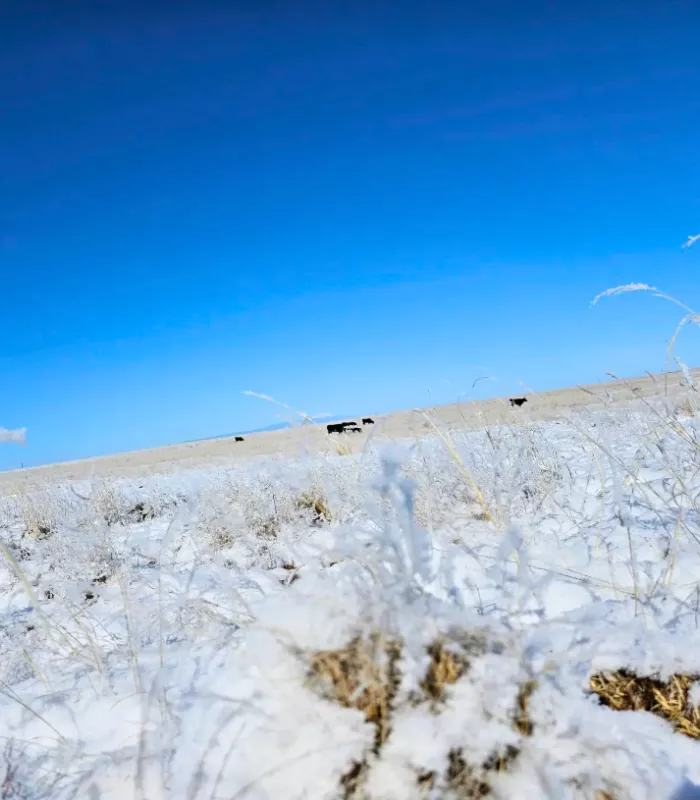
Olney Springs is a small town on the southeastern plains of Colorado. It offers a peaceful rural setting but little in terms of amenities. The town lacks medical facilities, and the closest hospital is several miles away.
While the cost of living is low, the lack of local amenities and services can make daily life challenging for retirees. There are limited opportunities for social engagement and community activities, which are vital for a healthy retirement.
Scarcity of Services: The absence of essential services and social opportunities places Olney Springs among the less desirable towns for retirees in Colorado.
10. Silver Cliff, Colorado
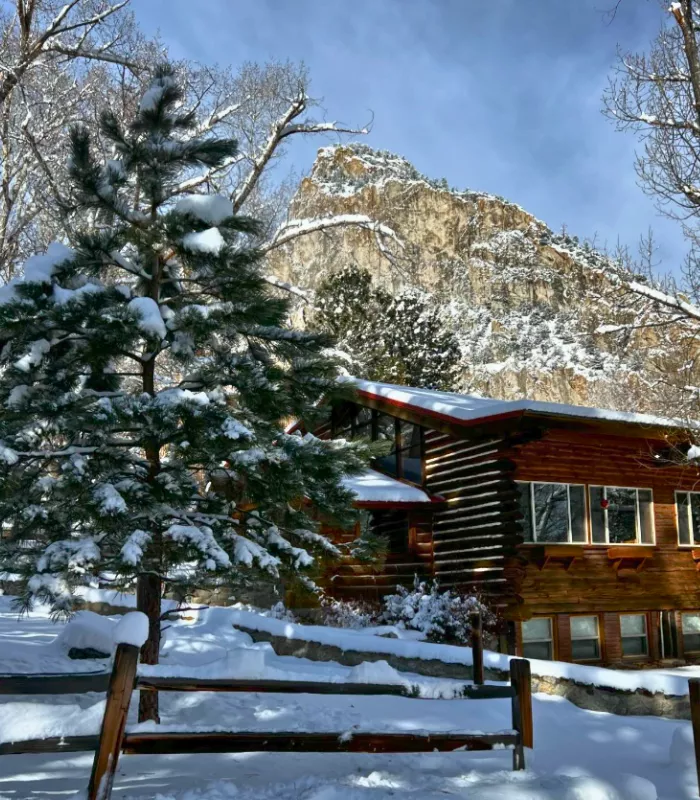
Silver Cliff was a silver mining boomtown in the late 1800s but now it’s a quiet community with minimal growth. It is located in the Wet Mountain Valley, offering beautiful landscapes but few services. The town’s population is primarily older, but the infrastructure hasn’t grown to support their needs.
Access to healthcare is a significant issue, with the nearest well-equipped medical facility over an hour’s drive away. The local economy is also not very vibrant, offering few jobs or recreational activities for retirees.
Healthcare and Economy Issues: Silver Cliff’s lack of adequate healthcare and economic stagnation make it a challenging place for retirees.
11. Leadville, Colorado
Leadville, the highest incorporated city in the United States, is known for its spectacular mountain views and rich mining history. However, its altitude at over 10,000 feet can pose health risks for retirees, especially those with cardiovascular or respiratory issues.
The extreme altitude also results in harsh weather conditions, particularly in the winter months, making daily activities challenging. While the town has basic amenities, more comprehensive services require travel to larger cities.
Altitude Challenges: Leadville’s high elevation and associated health risks make it a difficult place for retirees to comfortably settle.
12. Saguache, Colorado
Saguache is located in the San Luis Valley and offers a serene environment surrounded by natural beauty. However, the town’s remote location contributes to its limitations as a retirement destination. There are few healthcare providers, and specialty medical services are not readily available.
While the town is peaceful, the lack of social and recreational activities can lead to a sense of isolation among residents. Public transportation options are also minimal, complicating access to nearby cities for additional services.
Social Isolation: The remote location and limited activities contribute to a sense of isolation, making Saguache less attractive for retirees seeking a vibrant community.
13. Crowley, Colorado
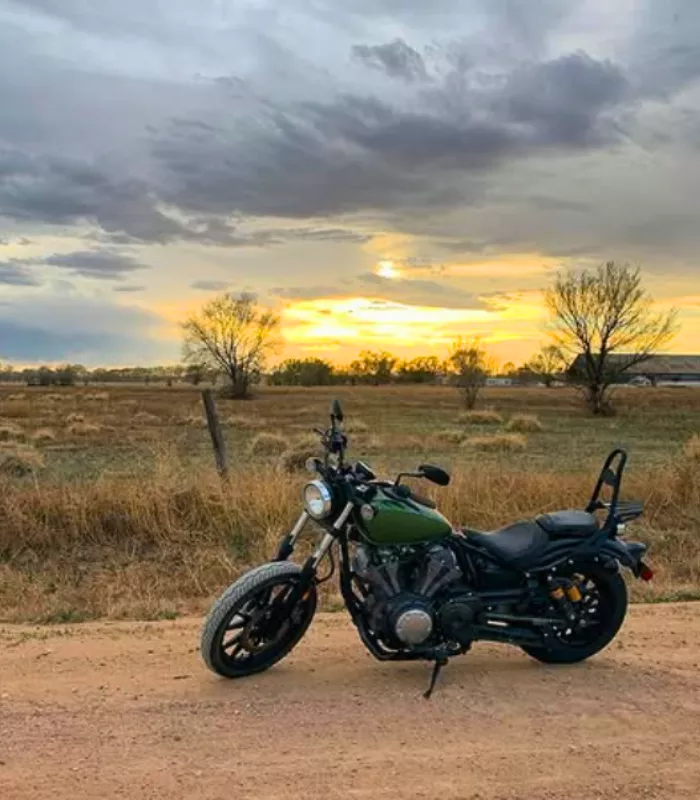
Crowley is a small town on the eastern plains of Colorado, known for its agricultural roots. The population is sparse, and the town offers minimal amenities, which can be a significant drawback for retirees looking for convenience and accessibility.
There are no major medical facilities in Crowley, and emergency services require traveling to larger nearby cities. The local economy is also limited, providing few opportunities for part-time work or engagement in community life.
Lack of Amenities: Crowley’s lack of amenities and medical services makes it a less desirable location for retirees who prioritize health and social engagement.
14. Walden, Colorado
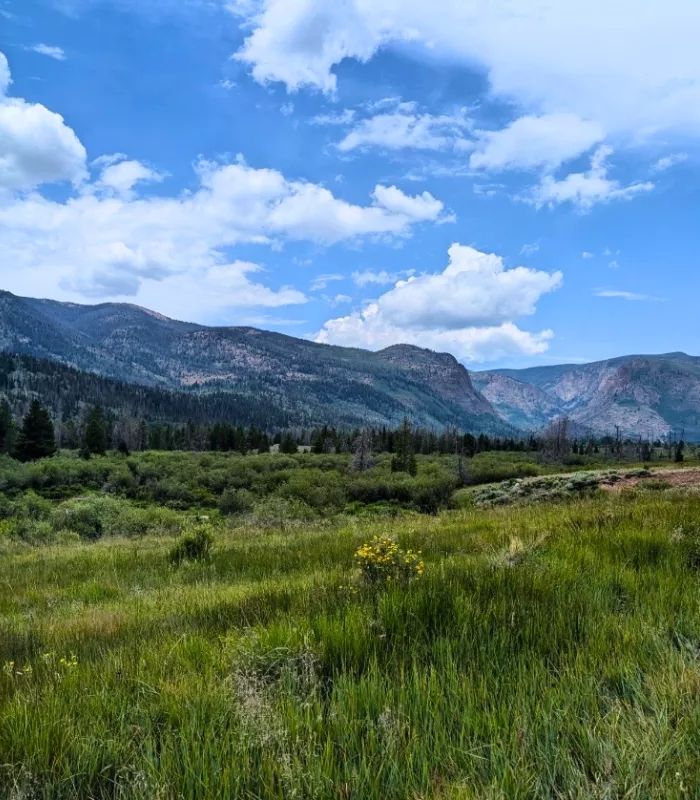
Walden, located in a high mountain valley, is known as the “Moose Viewing Capital of Colorado.” Despite its unique appeal, the town’s extremely cold climate and remote location make it less suitable for retirees. The severe winters are challenging, with heavy snowfall and freezing temperatures.
The town has a very small population, leading to limited social interactions and community activities. Healthcare facilities are basic, and more significant medical needs require travel to larger cities.
Extreme Weather: The harsh winters and limited healthcare facilities contribute to Walden’s placement on the list of worst towns for retirees in Colorado.
15. Norwood, Colorado
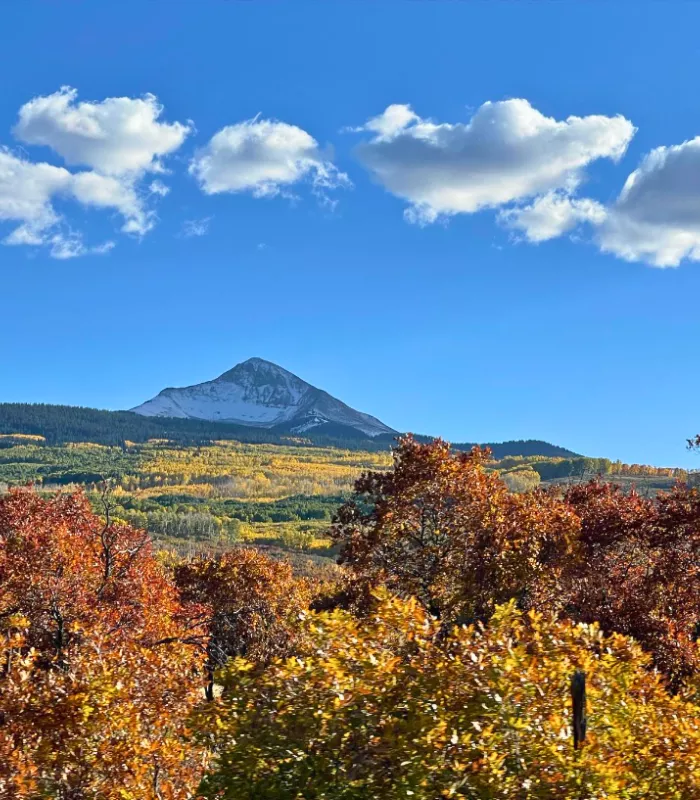
Norwood offers panoramic views of the San Miguel Mountains, but it falls short in terms of amenities for retirees. The town is small, and while it has a close-knit community, it lacks healthcare facilities, which are critical for retirees.
Additionally, the town is quite isolated, with the nearest major supermarket and hospital more than an hour’s drive away. This isolation can be a significant barrier for retirees who need regular medical care or simply want more convenience.
Isolation and Lack of Services: Norwood’s isolation and the absence of essential services make it a less favorable option for retirees.
16. Calhan, Colorado
Calhan is located on the eastern plains of Colorado and is primarily known for its annual El Paso County Fair. However, the town’s limited economic development and sparse population are significant downsides for retirees. It offers few entertainment or social options suitable for the elderly.
The town also lacks comprehensive medical facilities, with the nearest hospital located several miles away. Public transportation is almost non-existent, which can be a critical issue for retirees who do not drive.
Limited Healthcare: The lack of healthcare facilities and public transportation makes Calhan a challenging place for retirees to live comfortably.
17. Idaho Springs, Colorado
Idaho Springs is a picturesque town known for its gold mining history and hot springs. While it attracts tourists, it’s less suitable for retirees due to the steep terrain and relatively high cost of living compared to other rural Colorado towns.
The town’s infrastructure is geared more towards tourism than meeting the daily needs of older residents. This includes limited healthcare options and accessibility challenges due to the hilly landscape.
Accessibility and Cost: The challenging terrain and high living costs place Idaho Springs on this list for retirees seeking affordability and ease of access.
18. Center, Colorado
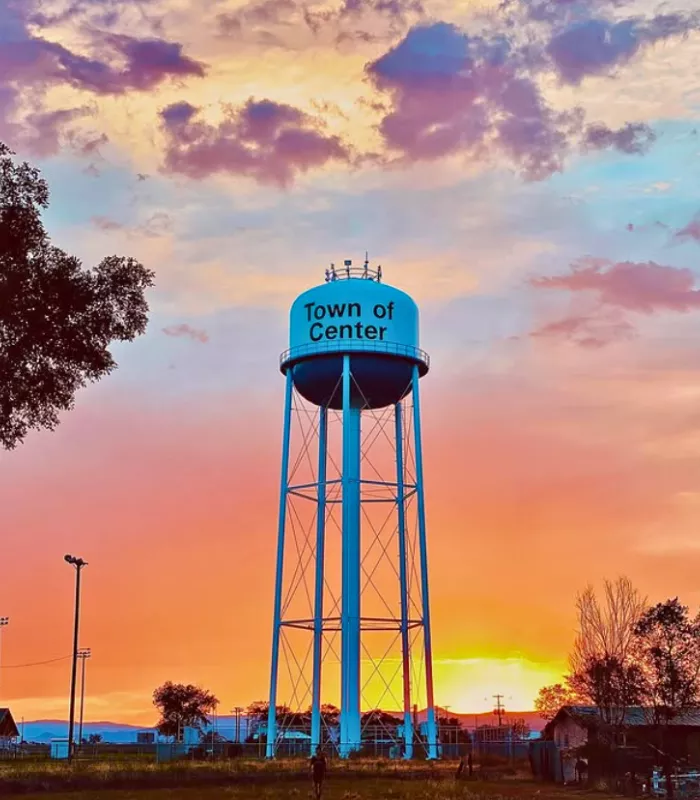
Center is a small town in the San Luis Valley known for its agricultural community. However, its remote location and lack of healthcare facilities make it less than ideal for retirees. The nearest major medical center is several hours away, and local amenities are limited.
The town’s population is declining, which has led to fewer social activities and community engagement opportunities for seniors. This can contribute to a sense of isolation and detachment from community life.
Medical and Social Limitations: Center’s remote location and limited medical services contribute to its challenges as a retirement destination.
19. Kiowa, Colorado
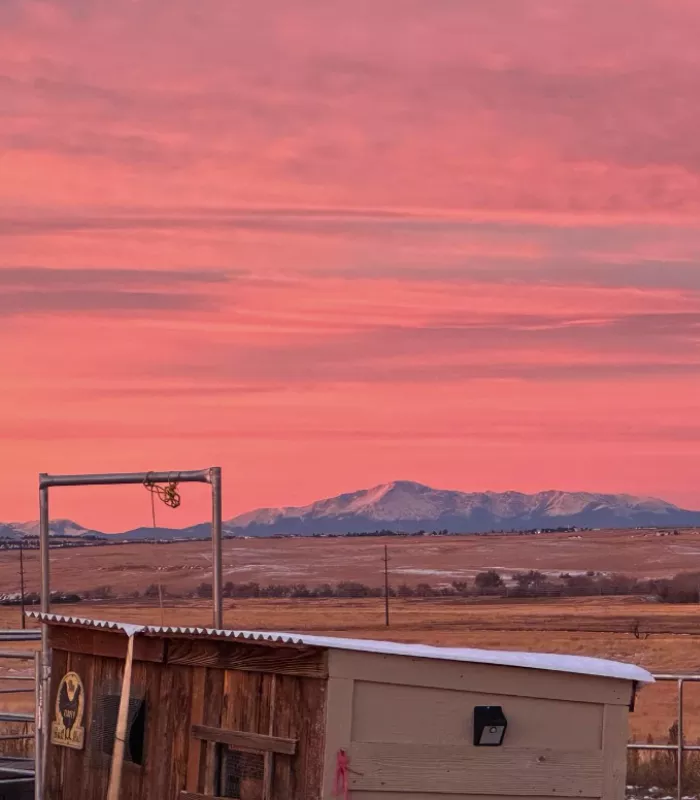
Kiowa, named after the Kiowa people, is a small town with a rural charm but limited offerings for retirees. It’s quiet and has a low cost of living, but it lacks major healthcare facilities and amenities. Most medical and shopping needs require travel to nearby cities.
The town also has limited public transport and social venues, which are crucial for retirees looking to stay active and engaged in their community.
Lack of Essential Services: The absence of essential services such as healthcare and transportation makes Kiowa less attractive for retirees.
20. Akron, Colorado

Akron is the county seat of Washington County and serves as a regional agricultural hub. While the town is significant in terms of local governance, it lacks the infrastructure and amenities needed by retirees. Healthcare options are basic, and the town is quite remote, with larger medical facilities far away.
Additionally, Akron experiences significant weather fluctuations, which can be tough on seniors, especially those with health issues. The town also struggles with economic diversification, affecting the availability of services.
Weather and Health Facilities: Akron’s weather extremes and limited healthcare services make it a challenging place for retirees.
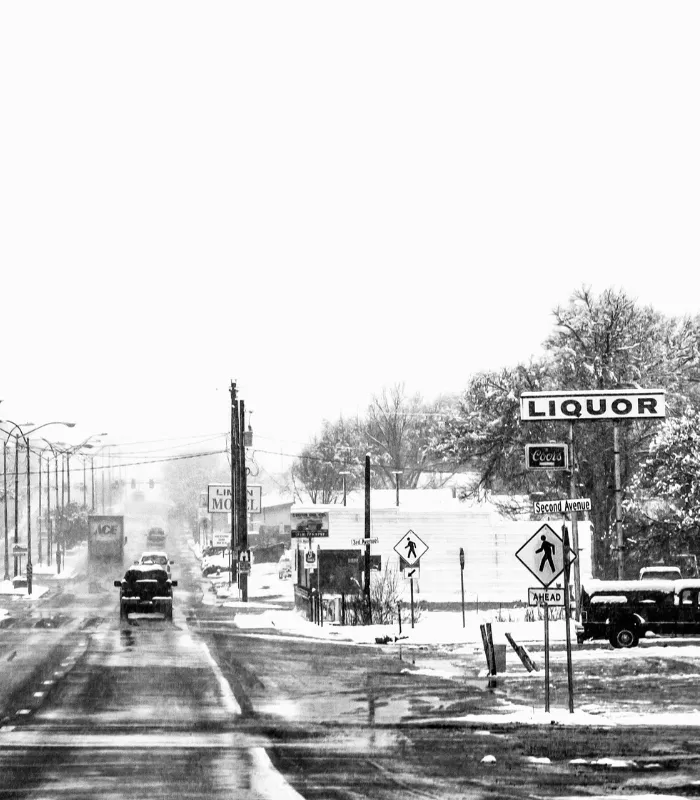
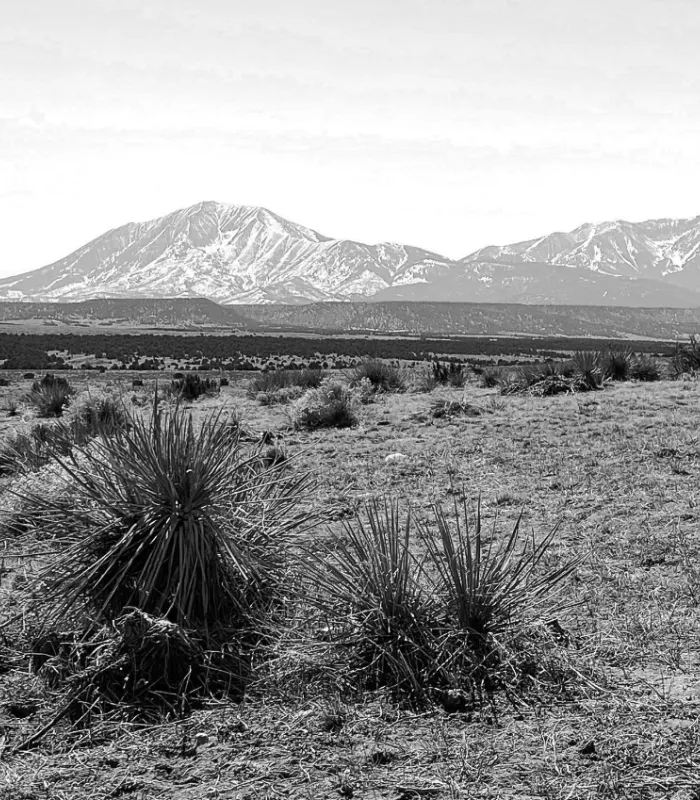
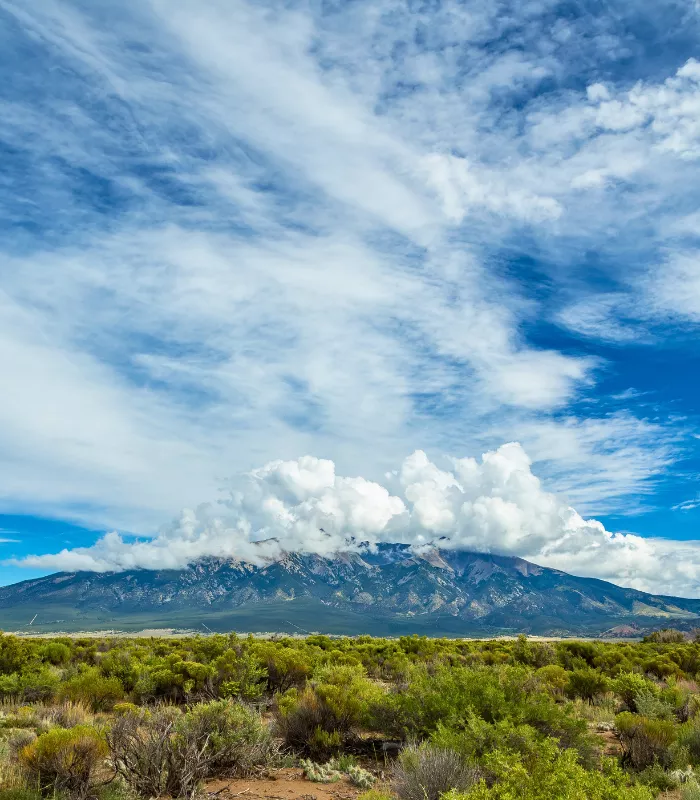

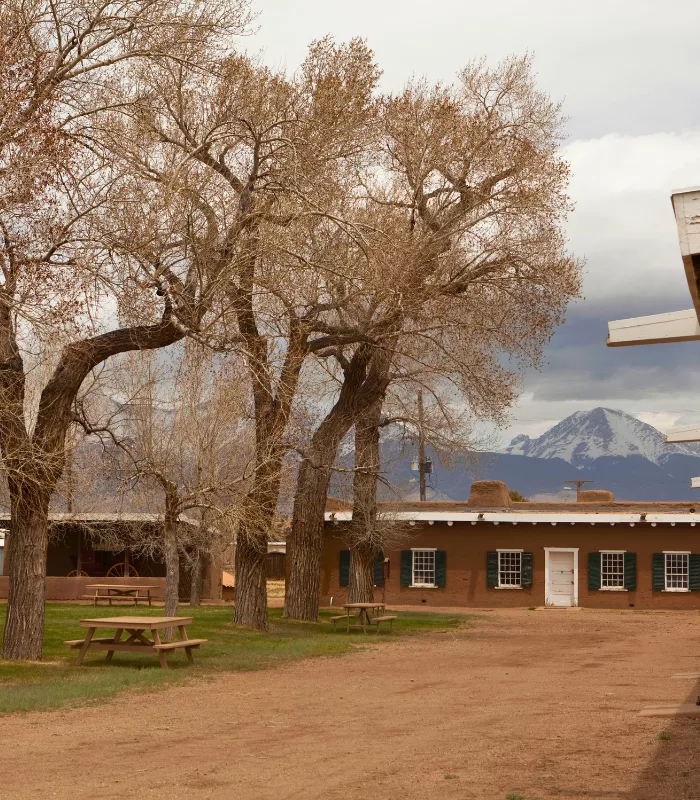
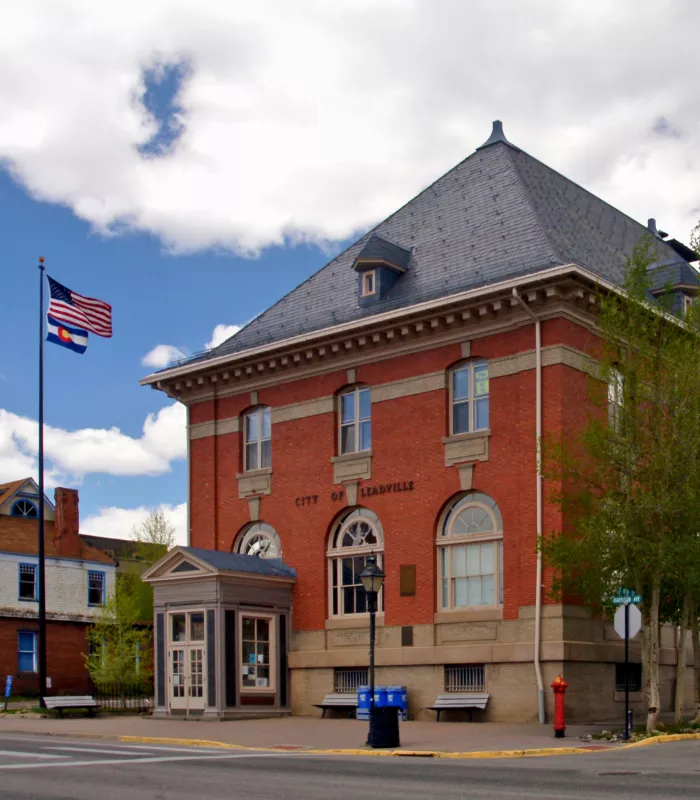
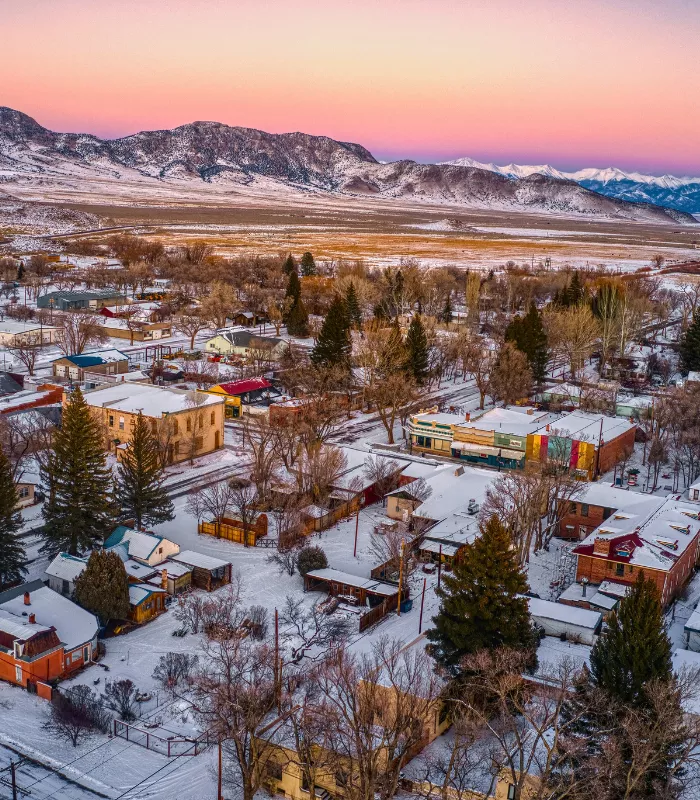
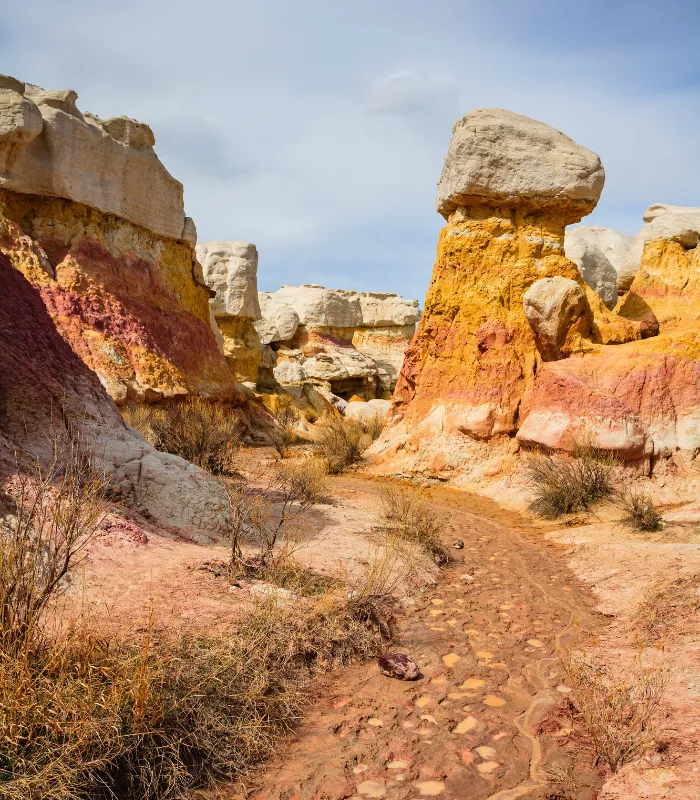
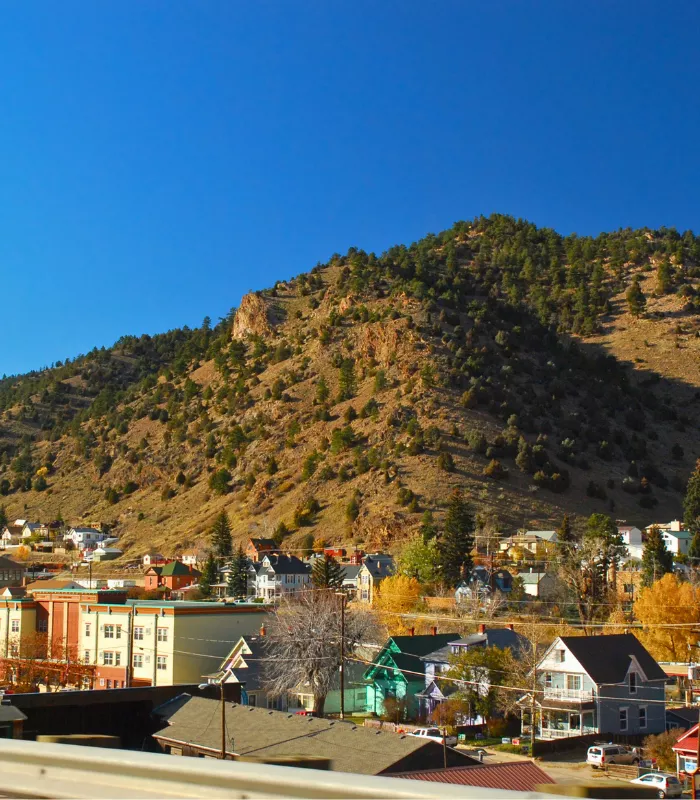
The San Luis valley in south central colorado hosts
Fort Garland
Blanca
San Luis
Saguache
Center
All face limited health care, isolation, few no self stimulation opps.
Best to be independent soul
I do not see Joes, Kirk, or Cope on the list. At least one of them should rank in the top 3.
These places are not for people who rely on health care network or n3d to work for living.
But if you are healthy and financialy stable, why not?
Of course skip all these places in high plains of Colorado (aka Kansas) and consider only mountain places.